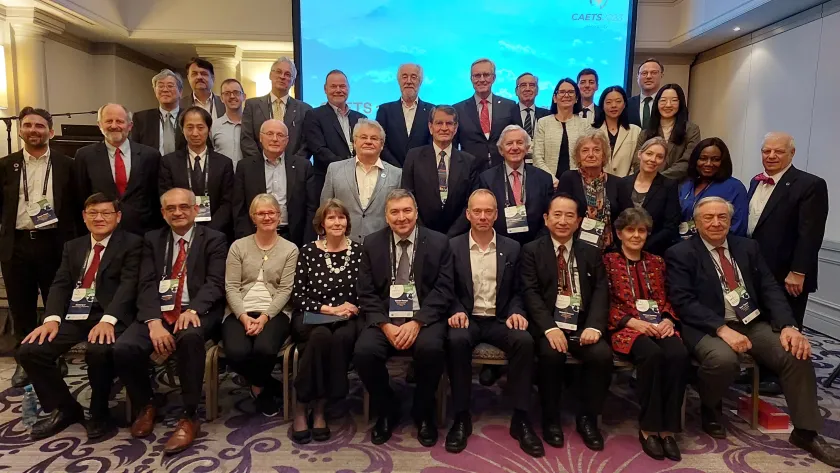The European Academy of Engineering (EAE) unveiled its highly anticipated annual Energy Security and Technological Innovation Report, offering an in-depth analysis of how engineering advancements can address the current global energy crisis and drive the transition toward a diversified and autonomous energy landscape. The report highlights the pivotal role that wind energy, solar power, and energy storage technologies will play in shaping the future of Europe’s energy systems, emphasizing the necessity of technological innovation as a key enabler for achieving these objectives.
Against the backdrop of escalating geopolitical tensions, supply chain disruptions, and increasing energy demand, the report stresses the need for European nations to reduce their dependence on external energy sources and transition towards more resilient, sustainable energy infrastructures. EAE underscores the importance of diversifying energy sources through the accelerated adoption of renewable energy technologies, while simultaneously enhancing energy storage capabilities to ensure grid stability and reliability.
According to the report, wind and solar power, along with advanced storage systems, are poised to become the cornerstones of Europe’s energy strategy in the coming decades. However, achieving this vision will require sustained innovation in engineering and technology. EAE identifies several critical areas for development, including the optimization of renewable energy infrastructure, breakthroughs in battery technology and other energy storage methods, and advancements in smart grid systems that can efficiently integrate distributed energy resources.
The report further calls on European governments to significantly increase investment in research and development (R&D) for energy technologies, as well as to implement robust policy frameworks that incentivize innovation and accelerate the deployment of cutting-edge solutions. EAE argues that without substantial public and private sector support, Europe risks falling behind in the global race to achieve energy security and sustainability.
Moreover, the report stresses the importance of fostering collaboration between academic institutions, industry, and government to tackle the complex engineering challenges associated with the energy transition. By creating a dynamic ecosystem of innovation, Europe can strengthen its position as a leader in clean energy technologies, contributing to global efforts to combat climate change while ensuring the long-term security of its energy supply.
One of the key recommendations in the report is the urgent need to develop more efficient energy storage systems, which are critical for balancing intermittent renewable energy sources like wind and solar. EAE highlights recent breakthroughs in battery technology, hydrogen storage, and thermal energy storage, all of which offer promising solutions to the challenge of maintaining a stable energy supply in a decarbonized grid. The report also notes the potential for decentralized energy systems, which can enhance local energy resilience and reduce vulnerability to external shocks.
In releasing the 2024 Energy Security and Technological Innovation Report, the European Academy of Engineering continues its tradition of providing authoritative guidance on the most pressing challenges facing Europe’s energy sector. The report’s findings and recommendations are intended to inform policymakers, industry leaders, and researchers as they work together to build a more secure, sustainable, and innovative energy future for Europe.
EAE’s strategic vision, as articulated in this report, underscores the Academy’s ongoing commitment to advancing engineering solutions that address both immediate energy security concerns and the long-term sustainability of the global energy system. By fostering technological innovation and encouraging collaboration across sectors, EAE aims to ensure that Europe can meet its energy needs in a manner that is both economically and environmentally sustainable, securing its place as a leader in the global energy transition.
